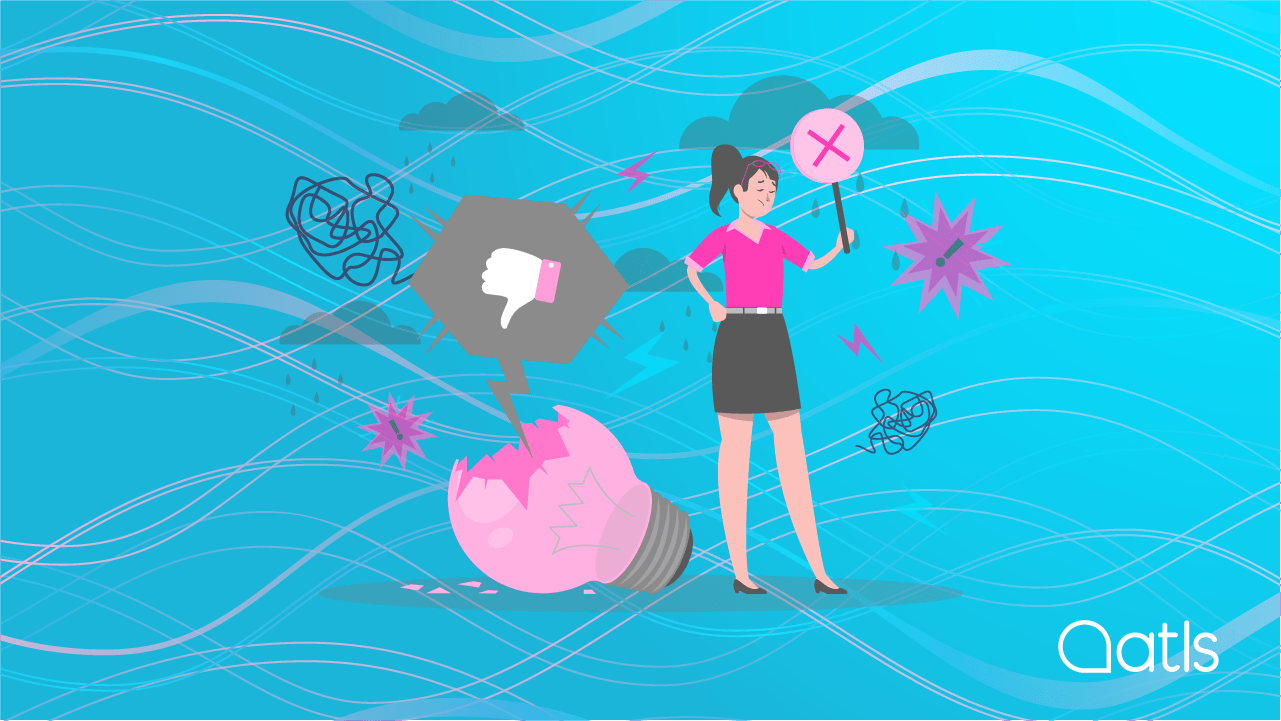Low quality in translations is unacceptable

As general rule, many people underestimate the work involved in producing a quality translation. The process involves several stages that must be followed in order to create a final product that matches the customer's needs and generates the desired effect upon the end user. It is true that, sometimes, the resulting text may not be quite what you expect. So, when you finally decide to entrust your content (website, marketing campaigns, documents, apps) to a translation company or a freelance translator, one of the aspects that you must value is quality, as a low-quality translation can negatively affect your brand image. For this reason, it is so important to delegate your work to a trustworthy translation agency who benefit from years of experience and quality control systems to guarantee quality.
What does quality mean in the world of translation?
Translation is much more than simple mastery of two languages but rather considers the content, the objective of the final text and the public to whom the message is directed. As such, translators should be native speakers of their target language, have a minimum of 5 years of experience and be specialists in the relevant field.
When we talk about quality, we mean the precision of the translated text, taking into account the criteria mentioned above, as well as other aspects such as its format. The result is a grammatically correct text that respects the tone and register of the original and is also true to the content and the message conveyed.
In order to ensure the quality of translations, the translator starts with the original text and internalises the ideas and concepts expressed therein. From there, the translation actively gets to work to create the translation, without simply reproducing the original but rather shaping it from the perspective of the target language and culture.
Evaluating translation quality
Depending on the type of translation, the degree of objectivity may vary, although there are some criteria that are common for translation as well as the overall working process. So, how can we evaluate a translation?
Intelligibility
- A text that is clear and understandable, and feels natural
- Absence of orthographic, syntactic and grammatical errors
- Precision of terminology within the required field
Loyalty
-
- The translation accurately transmits the original message
- No translation errors which may change or affect the meaning
Other factors
- Compliance with linguistic conventions, correctly adapting currencies, numbers, dates to the target
- Consistency in the use of terminology
- Maintaining the design and formatting
To ensure that the translation is of quality in accordance with these criteria, a rigorous process of human quality control is carried out, employing different tools that highlight possible translation errors.
To be sure of the quality, it is important to put our trust in a translation company that meets a number of requirements: experience, specialised native translators, customers in the sector and holding a ISO 17100 certification, which ensures the highest standard of quality in translations at an international level.
Quality control in translation
A professional translation company will always have a quality assurance (or QA) programme which is used to ensure quality standards. How do we perform QA at ATLS? Read on to find out!
What is the client's objective?
Listening to and understanding the client is the basis of a good translation. For example, in the case of a medical text, it is important to know to whom the text is directed, as the wording of the final text will depend on whether it is aimed at other professionals in the sector or the patients themselves. In addition, we must prioritise the use of specific terms, a specific file format or any other criteria that have been established by the client. In this case, it is important to use a QA control to ensure that these instructions have been followed.
Content review
Complete review of the translation Texts must be delivered without errors and, furthermore, comply with the client's specific requirements. To this end, various elements are verified and corrected, if needed. These include conceptual errors, localisation, format, consistent terminology and linguistic conventions. We also confirm that text has been left untranslated or that untranslatable elements have been correctly maintained (for example numerical figures), all with the intention of producing a final text which is true to the original.
ATLS guarantees the highest quality translations, thanks to its over 23 years' experience, 8000 specialist native translators (each with more than 5 years' experience), different types of translation services depending on the degree of complexity of projects, and two quality certificates: the ISO 17100, the most demanding international certification that guarantees the quality of our translations, and the ISO 9001, which ensures the continuous management and quality control throughout our internal processes.
If you want your text to be translated to an excellent standard, we are the translation agency for you! Shall we talk?




